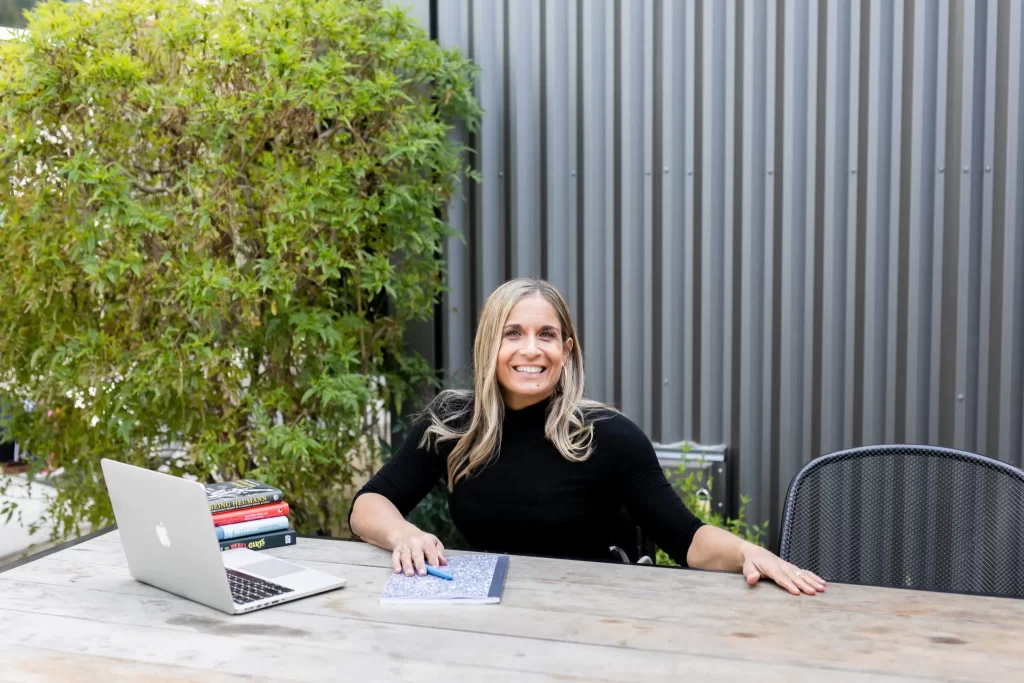Beyond Compliance: Accessibility in Multifamily
By Alycia Anderson | Grace Hill, August 22, 2022

In the multifamily industry, we have all heard of the Americans with Disabilities Act (ADA). We
have policies in place for it. It is referenced, stated, and explained in our training courses,
onboarding materials, and development plans. And we all understand we have a social and legal responsibility to uphold the ADA in our business.
However, most often in multifamily, it is simply used as a check-off-the-box formula to ensure that employees, residents, and other visitors to the property have access to common areas, parking, and facilities offered there. This mindset can lead us to only think of the ADA as a “problem,” “delay,” or “constant catch up” in our efforts to “remain compliant.”
This article is about something else, something different, and something better than that.
You may have noticed that there has been a lot of talk about accessibility and disability inclusion lately. We’ve seen it pop up in several places: 2022 Oscar winner for Best Picture “Coda,” numerous national commercials, Barbie Dolls with monoskis and wheelchairs, accessible Halloween costumes at Target, Olay beauty product bottles with accessible tops, and more. This list just scratches the surface.
The top marketing firms must realize that the disability community is one of the world’s largest groups. Considering 15% of the global population, equating to one in every seven people on the planet, have some type of disability, they are looking to tap into this virtual gold mine.
Growth in this sector has made it downright hip to be inclusive nowadays, reflected in the spearheaded efforts by the largest corporations to form and grow their Diversity, Equity and Inclusion departments. They’ve begun to tout their allegiance by encouraging accessibility statements on their websites and within their product development and have pushed this movement forward on a global scale.
While this is all awesome stuff, the reality is it’s not a new idea. Accessibility has always driven innovation,and in the words of Plato, “Necessity is the mother of invention.” It’s about shifting our perspectives from the old tired debate and moving to a new lens, a better one, that sees the need for accessibility for what it truly is — a path to innovation, an opportunity for ROI, and the chance to provide the products that will be chosen universally over all others.
Let’s quickly revisit a few pivotal moments in human history:
- In the 1840s, Alexander Graham Bell, after working with a community of hearing impaired people, became fixated on how to send voice vibrations over a wire, which led him to create the telephone.
- Italian inventor Pellegrino Turri created the first typewriter in 1808 for his friend who was blind, Countess Carolina Fantoni da Fivizanno so she could write letters to him. Later this led to the modern-day keyboard.
- In 1890, Herman Hollerith created punch cards inspired by his cognitive processing disability and revolutionized data transportation, eventually leading to the founding of the world renowned IBM.
The list could go on and on, and there is a clear reason behind this forward-thinking advancement: accessibility drives innovation! Companies are seizing the opportunity to serve this largely underserved community and creating a competitive advantage by doing so, clamoring to be the first to create these impactful offerings.
So it’s no wonder companies have begun to ask themselves, “How can we move beyond accessibility compliance?” In response, they are embracing the social responsibility felt by asking and finding the answers to, “How are we making all people feel more included?” and “How can we ensure everyone can access our product offerings?”
And on top of all of this, in multifamily, we have the unique opportunity to pave paths forward for a more inclusive society with each and every building we develop, renovate, and remodel, as well as every ramp, sidewalk, and curb cutout we pour. We have the opportunity to change lives while at the same time positioning our companies at the leading edge of this movement.
Accessibility, disability and inclusion all go hand-in-hand, and this is because there is no such thing as the inclusion of people with disabilities in our society without accessibility. So, let’s stop looking at the ADA as a punitive hindrance to our goals, but rather what it truly is, our opportunity to be the best we can be.
About Alycia Anderson
Alycia is embracing her path and pursuing speaking full-time as both a Diversity, Equity, Inclusion, and Accessibility Motivational Speaker and a Corporate Inclusion Coach and Mentor. She warmly introduces the discussion to the theory and practice of disability inclusion by sharing her story, inspiring others to achieve their fullest potential, and furthering the conversation about the real bottom-line benefits inherent in a diverse and inclusive workplace and society. An international TEDx speaker and disability advocate, Alycia is available for Keynote Motivational Speaking, Beyond Compliance Accessibility Consulting, and other Corporate Appearances. Learn more at https://alyciaanderson.com/.
About This Article:
A Life Worth Living has copied the content of this article under fair use in order to preserve as a post in our resource library for preservation in accessible format. Explicit permission pending.
Link to Original Article: https://gracehill.com/blog/accessibility-in-multifamily/

